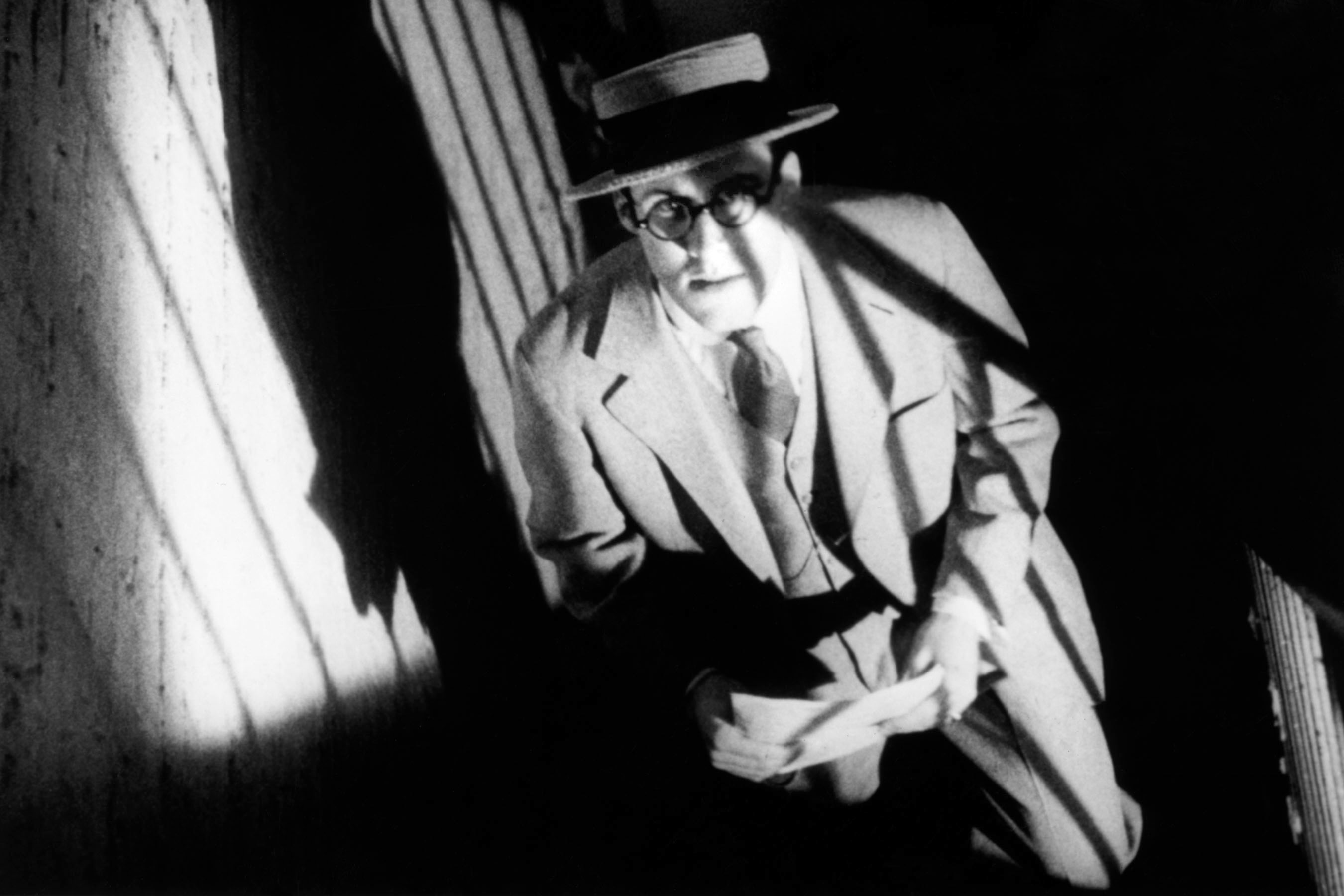Home Video Hovel: Memphis, by Dayne Linford
Memphis moves much like a city does, or perhaps as the kaleidoscope of the divided mind of its main subject, a version of Willis Earl Beal, the up and coming blues musician – a film splintered, divided against itself, showing one side down one street and another down a separate contour of the brain. At its simplest, it follows Beal after signing his deal to record his first album, which everyone knows how he should feel about but him. Most accurately, however, the film simply wraps itself around his psyche, attempting to divine his artistic ability as he attempts to reclaim it. The camera lingers ahead and behind of him as he wanders Memphis’s streets, drinking, fighting. It watches him stilly as he composes a quiet piece in his attic, one just for him. But it never seems to do more than keep that distance, allowing him his space but also keeping us from feeling it with him.
The film, indie director Tim Sutton’s second, is stunningly beautiful. Cinematographer Chris Dapkins has a keen eye for the play of light and color along Memphis’s depressed urban streets, casting shadows along Beal’s lined face. Numerous shots and sequences are memorable in and of themselves, part of the visual poetry used to elucidate Beal’s current frame of mind, to guess at the structure of his thoughts. For me, this by itself is nearly enough to watch a film, to appreciate it as an incredible work of photographic art. Some scenes by themselves are of such quality, as the moment when Beal is wandering through a wig store. He examines one wig in the foreground, while literally scores of manikin heads model a unique and astounding collection of wigs, rows upon shelves filling the frame. The shot itself is quite beautiful, but really hits home when your eye catches one of the manikins move and you suddenly realize, some rows separated from Beal, a retail girl has been standing there the entire time. The shot dramatizes how dissociated Beal is at this very moment, particularly from women, examining them as manikins, modeling a look, but lacking any human energy.
Unfortunately, the underlying rhetoric of a film needs to be robust enough to carry these disparate pieces, laudable and exceptional as they are, to be successful as a narrative feature. Beal’s journey to regain his glory, as he puts it, feels very juvenile, an unrealistic and overly romantic portrayal of the artist’s mindset reminiscent of other beautiful but shallow films like Bright Star, released several years ago. Similarly assuming the worth of the artist in question, both films make the mistake of promoting the old myth that out of spontaneous, perfect creative harmony (with nature in one, self in the other) art is made, as opposed to the simple work that goes into nearly all art, not just the best or even the ordinary. An examination of this myth might be interesting subject matter, but neither Memphis nor Bright Star carry the perspective to examine it – they simply take it for granted. It makes the many monologues Beal is given throughout the film fairly grating, a child who’s attained success and can do nothing but complain about it. One of the best sequences in the film is when Beal records a track for the record he so despises, seemingly out of disdain for the record company’s wishes. Memphis legends Teenie and Charles Hodges are featured in this scene, playing rhythm guitar and organ, respectively. These musicians played for Al Green, among other luminaries, and deliver soulful work here, in what would end up being one of Teenie’s last performances. To have such stunning musical talent, including Beal’s, treated as corporate interference, is disingenuous, especially when the Hodges brothers performance is captured on its own, separate from the scene, as a bonus feature on the release. This is excellent music, who cares about glory? The art is glorious. The privilege of it is enough. To demand more is selfish, self-serving, and juvenile.
It’s perhaps unfair, but Memphis is also reminiscent of Fellini’s 8 ½, and a comparison feels apt. Fellini’s masterpiece ends generously towards Guido, a good half hour of redemption, creative explosion and personal fulfilment, but only because the previous two hours nearly literally kicked the shit out of Fellini’s personal stand-in. In 8 ½, Fellini has the courage to fess up to his own fears, laziness, and fecklessness, which are what stands in Guido’s way as he attempts to make a film. Not producers, annoying as they are, not actors, difficult as they can be, not wives and girlfriends, but Guido himself is what’s keeping Guido from making art. Sutton is far too kind to his and Beal’s version of Beal, and probably far kinder than Beal is to himself to be achieving the success he is currently accruing. Beal’s childishness is privileged throughout Memphis, instead of examined, deconstructed, and exposed for what it is – simple fear in the face of achievement. So, Memphis remains an incredibly beautiful, visually profound, but disappointingly juvenile film. I hope for, and have good reason to expect, better from the future work of all those involved.
Bonus features include an essay by Robert Gordon that’s beautifully written but feels like an exercise in obfuscation, an overly long extra scene that’s interesting but definitely deserved cutting, an on-set interview with Beal that’s frankly disappointing (recent appearances in other media, such as the radio show Sound Opinions, are far more interesting and elucidating), a podcast interview with Sutton that’s actually quite interesting, and the previously mentioned feature of the Hodges brothers performance in the film.






























